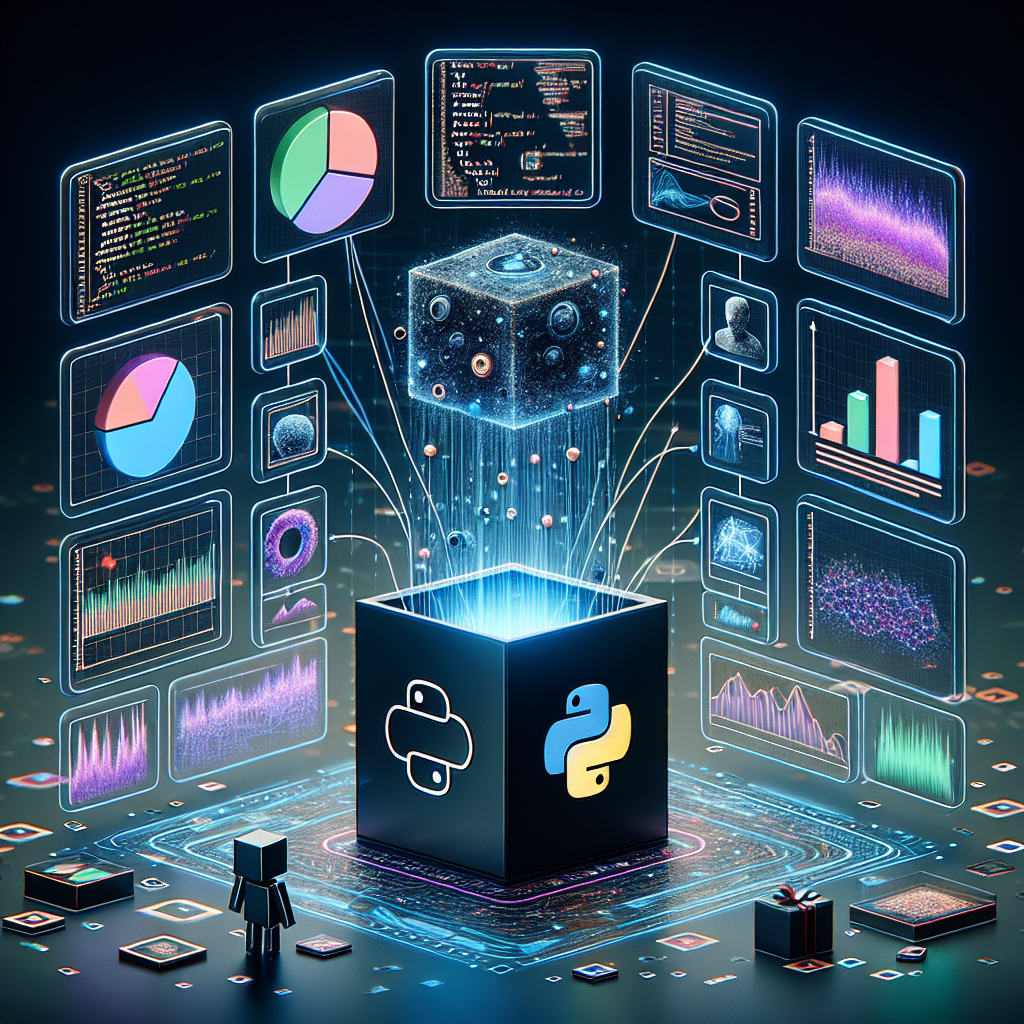Your cart is currently empty!
Demystifying Black Box Models with Explainable AI in Python

Black box models have become increasingly popular in machine learning due to their ability to accurately predict outcomes for complex data sets. However, these models often lack transparency, making it difficult for users to understand how they arrive at their predictions. This lack of interpretability can be a major drawback, especially in fields where decision-making needs to be explained and justified.
Enter explainable AI, a growing field that aims to shed light on the inner workings of black box models. By using various techniques and algorithms, explainable AI can provide insights into how these models make predictions, allowing users to better understand and trust the results.
In this article, we will explore how to demystify black box models using explainable AI in Python. We will discuss various methods and tools that can help us gain insights into these models and improve their interpretability.
One popular method for explaining black box models is using feature importance techniques. These techniques help us understand which features are most influential in making predictions. One common approach is using permutation importance, where we shuffle the values of each feature and measure the impact on the model’s performance. By comparing the original feature importance with the shuffled importance, we can identify which features are crucial for the model’s predictions.
Another useful tool for explaining black box models is SHAP (SHapley Additive exPlanations), a game-theoretic approach that assigns a value to each feature based on its contribution to the model’s output. SHAP values provide a comprehensive explanation of how each feature impacts the prediction, helping users understand the model’s decision-making process.
In addition to feature importance techniques, we can also use visualization tools to interpret black box models. By visualizing the model’s decision boundaries and feature interactions, we can gain a better understanding of how the model operates and why it makes certain predictions.
To demonstrate these techniques in Python, we can use popular libraries such as scikit-learn, SHAP, and matplotlib. By applying these tools to real-world datasets, we can gain valuable insights into black box models and improve their interpretability.
In conclusion, explainable AI offers a promising solution to demystifying black box models and making them more transparent and interpretable. By using feature importance techniques, SHAP values, and visualization tools in Python, we can gain a deeper understanding of these models and build trust in their predictions. As the field of explainable AI continues to evolve, we can expect even more sophisticated methods to emerge, providing users with the insights they need to make informed decisions based on black box models.
#Demystifying #Black #Box #Models #Explainable #Python,hands-on explainable ai (xai) with python

Leave a Reply